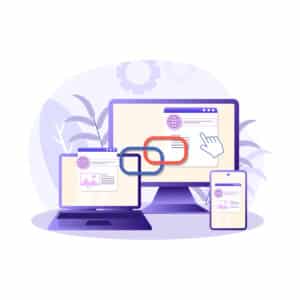Those leads aren’t dead—you’re just not giving them enough time
Why does it matter differentiating between a lead and a prospect? It might seem like a minor point of semantics, but how you define them is also telling about how you’ll treat them. Many salespeople dump leads if they don’t respond after the first or second attempt because they mischaracterize them as prospects, and because they assume that their current lack of interest means they’ll never be a fit.
You’d probably agree that a prospect is a potential buyer, but there’s a little more to it: a potential buyer who already knows who you are. You don’t have to give them your backstory—they’re easier to pitch to because they know what you offer. Leads are potential buyers, too, but without that familiarity. They still need more information before they’re comfortable even considering a partnership with you. By today’s standards, that education works better through email, but keep in mind that it often takes more than one message to get through to them and generate interest.
Even if that initial interest isn’t high, don’t count them out. It might seem silly to assume that if someone doesn’t want to buy from you now, they’ll never want to buy from you—but that’s essentially the approach that sales will take when they’re prioritizing who’s ready to close. They often don’t have the time or bandwidth to follow-up with leads who hesitate—especially when they’re working for commission.
So how do you salvage these missed opportunities? By setting up automated email outreach that will keep you on your prospects’ radar. This is more effective when you use educational language to follow up with them, rather than gimmicky sales prompts. Think of it this way: would you rather hear variations of the phrase “Do you want to buy?” every week, or learn something new about your marketspace instead? That newness will not only establish your credibility with your leads, it’ll show them that you’re interested in offering them value along with your products and services.




